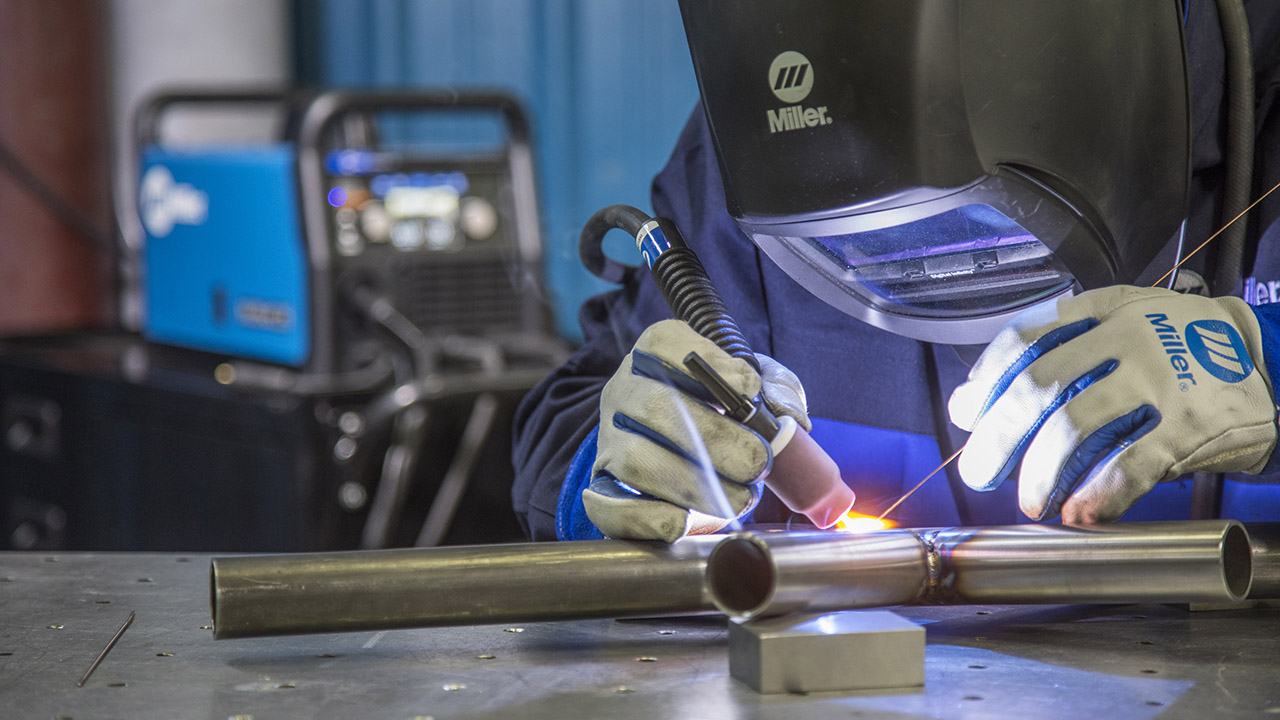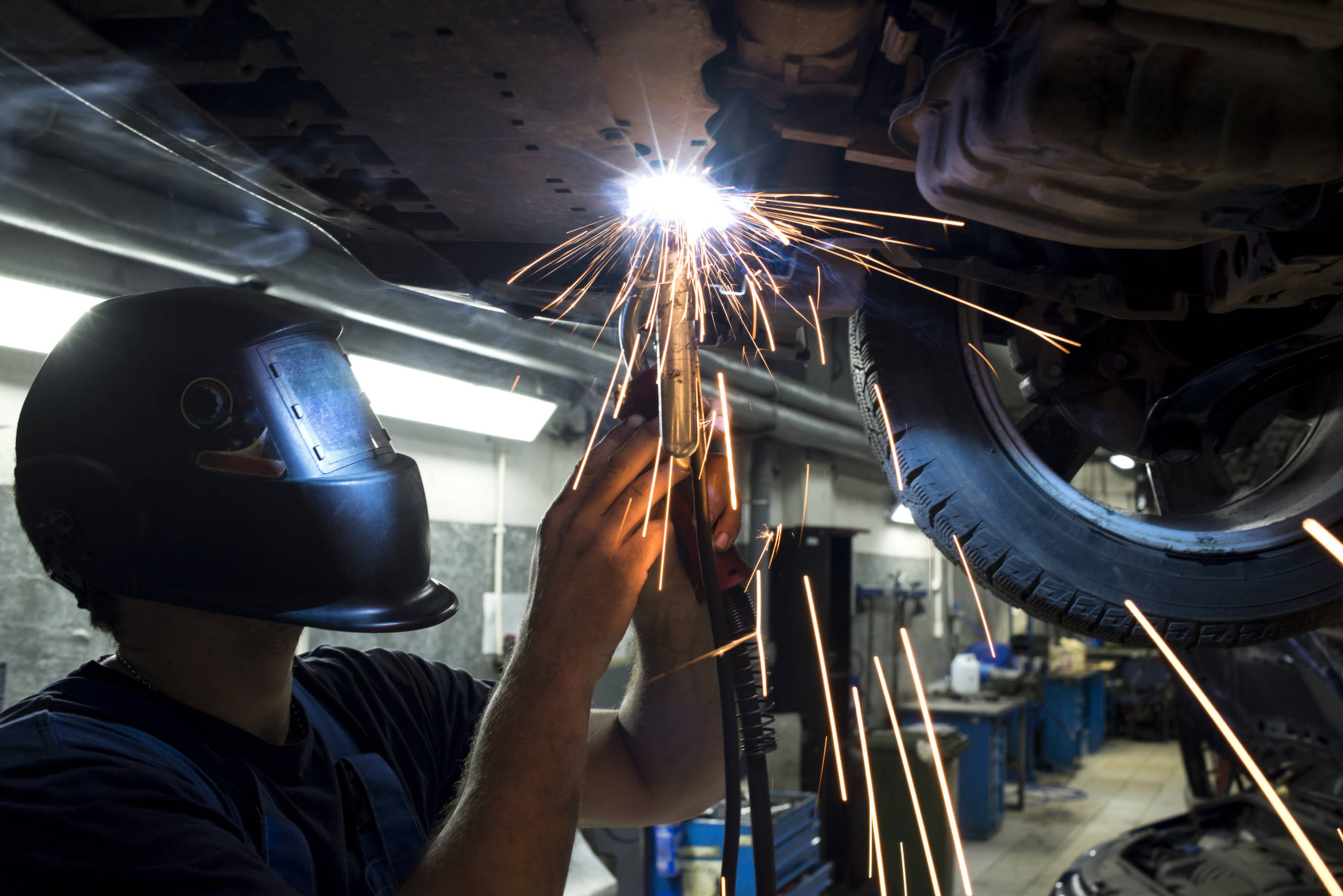Usual Welding Repair Issues and How to Address Them Effectively
Welding fixings commonly come across a variety of problems that can threaten the honesty of the end product. Typical issues include poor infiltration, porosity, and imbalance, to name a few. Each flaw presents one-of-a-kind challenges that call for certain methods for resolution. Comprehending these issues is necessary for welders aiming to enhance their skills and results. This conversation will discover these typical welding repair service problems and efficient approaches to resolve them.
Poor Infiltration
Insufficient infiltration occurs when the weld steel stops working to fully fuse with the base material, leading to weak joints and prospective architectural failings. This issue usually stems from not enough warmth input, wrong electrode angle, or inappropriate welding speed. Welders may come across inadequate penetration due to a mistake of the necessary parameters for a details product density or type. In addition, contamination on the base product's surface can impede efficient bonding, intensifying the problem. To resolve inadequate penetration, welders ought to assure suitable settings on their equipment and keep a clean job surface. Routine examination of welds is suggested to recognize any type of deficiencies early, enabling timely corrections and the prevention of endangered structural honesty in welded settings up.
Porosity
Porosity is an usual problem in welded joints that shows up as small gas bubbles caught within the weld steel. This defect can endanger the stability of the weld, resulting in reduced strength and possible failure under stress. Montana Mobile Welding and Repair Belgrade Welding. Porosity commonly develops from contamination, dampness, or incorrect welding techniques, which permit gases to leave into the liquified weld swimming pool. To deal with porosity, welders should assure appropriate surface preparation, keep a tidy workplace, and make use of ideal welding criteria. Furthermore, picking the appropriate filler product and protecting gas can alleviate gas entrapment. Regular inspection and testing of welds can assist determine porosity early, guaranteeing prompt rehabilitative activities are taken, thereby protecting the high quality and reliability of the bonded structure
Misalignment
Imbalance in welding can develop from numerous aspects, consisting of incorrect configuration and thermal expansion. Understanding the source is essential for efficient resolution. A number of adjustment techniques are offered to straighten components and ensure structural integrity.
Causes of Imbalance
Welding imbalance commonly originates from a range of underlying concerns that can endanger structural stability. One primary reason is inappropriate fit-up of components before welding, which can cause gaps and unequal surface areas. Variations in thermal growth during the welding procedure can additionally result in distortion, especially if the materials being joined have different coefficients of expansion. Furthermore, insufficient fixturing and securing may fall short to hold parts firmly in position, resulting in activity throughout welding. Improperly kept equipment, consisting of welding equipments and devices, might present disparities in the weld bead, additional adding to imbalance. Finally, operator mistake, originating from insufficient training or experience, can likewise play a significant duty in creating misaligned welds.
Adjustment Techniques Offered
Attending to imbalance effectively calls for a combination of corrective methods tailored to the particular issues handy. One typical approach is the use of fixtures or jigs to hold parts in the correct setting during welding, ensuring consistent positioning. Additionally, pre-heating the products can aid minimize distortion and improve fit-up. For significant misalignment, mechanical adjustment techniques, such as utilizing hydraulic jacks or clamps, can be used to fix the setting before welding. Post-weld warm treatment might additionally be essential to ease anxieties triggered by imbalance. Lastly, careful evaluation and adjustment throughout the setup phase can avoid misalignment concerns from becoming substantial troubles, promoting a smoother welding process and improving total architectural integrity.
Distortion
Distortion is a typical obstacle in welding that can develop from numerous variables, consisting of unequal heating & cooling. Comprehending the sources of distortion is necessary for executing reliable prevention techniques. Resolving this issue not only enhances structural stability but likewise improves the total top quality of the weld.
Reasons of Distortion
When subjected to the intense heat of welding, materials typically undergo changes that can bring about distortion. This phenomenon mostly arises from thermal development and contraction throughout the welding procedure. As the weld location warms up, the product increases; upon cooling, it contracts, which can create inner stresses. Additionally, unequal home heating across a workpiece can exacerbate these stresses, leading to warping or bending. The kind of material also plays a substantial duty; metals with varying thermal conductivity and coefficients of development may react differently, causing unforeseeable distortions. Furthermore, poor joint style and inadequate fixturing can contribute to misalignment throughout welding, enhancing the possibility of distortion. Understanding these reasons is important for effective welding fixing and prevention strategies.
Avoidance Techniques
Effective avoidance methods for distortion during welding emphasis on regulating heat input and making sure correct joint layout. Preserving a consistent heat input aids to minimize thermal expansion and contraction, which can lead to distortion. Utilizing techniques such as pre-heating the work surface can also lower the temperature slope, advertising consistent heating. In addition, picking suitable joint designs, such as T-joints or lap joints, can improve stability and lower anxiety concentrations. Executing proper fixturing to safeguard the workpieces in place additionally help in preserving positioning throughout the welding procedure. Staggered welding sequences can distribute warmth extra uniformly, preventing localized distortion. By applying these approaches, welders can greatly reduce the possibility of distortion and enhance the general quality of their welds.
Breaking
Cracking is an usual concern encountered in welding fixings, frequently resulting from numerous variables such as improper air conditioning prices, material option, or poor joint preparation. The incident of fractures can significantly endanger the stability of the weld, causing potential failings throughout procedure. To resolve this concern, welders have to first examine the origin, making certain that products work and suitably chosen for the certain application. Furthermore, managing the cooling rate during the welding procedure is essential; quick air conditioning can induce stress and anxiety and result in cracking. Correct joint design and preparation additionally add to reducing the risk. Implementing these strategies can improve weld top quality and longevity, ultimately lowering the possibility of cracking in ended up weldments.

Insufficient Combination
A considerable concern in welding repair services is incomplete blend, which occurs when the weld steel does not sufficiently bond with the base product or previous weld passes - Welding. This flaw Welding can cause weaknesses in the joint, potentially jeopardizing the stability of the welded framework. Factors adding to insufficient combination consist of inadequate heat input, improper welding technique, and contamination of the surface areas being signed up with. To address this problem properly, welders must ensure correct pre-weld cleaning and surface area preparation, in addition to change their welding criteria to achieve adequate penetration and fusion. Routine examination throughout the welding procedure can additionally assist identify incomplete blend early, enabling for prompt rehabilitative steps to enhance the overall top quality of the weld
Overheating
While welding fixings can boost structural stability, overheating offers a substantial obstacle that can lead to material destruction. Extreme warm during welding can modify the mechanical residential properties of metals, resulting in lowered stamina, increased brittleness, and bending. This phenomenon is especially critical in high-stress applications where architectural reliability is paramount. Determining getting too hot can include visual assessments for staining or distortion, along with checking temperature during the welding procedure. To mitigate the risks related to overheating, welders need to utilize proper techniques, such as controlling heat input, readjusting traveling rate, and using suitable filler products. Furthermore, carrying out pre- and post-weld warm treatments can help recover material residential properties and boost the general high quality of the repair, guaranteeing long-lasting performance and safety and security.
Regularly Asked Inquiries
What Are the Typical Indications of a Welding Issue?

Just How Can I Check My Welds for Top quality?
To evaluate welds for top quality, one can make use of visual examinations, ultrasonic testing, and radiographic approaches. Each technique assures structural stability, identifies issues, and verifies adherence to defined requirements, inevitably enhancing the dependability of the bonded joints.
What Safety Safety Measures Should I Take While Welding?
When welding, one must focus on safety by using appropriate personal safety devices, ensuring appropriate ventilation, securing combustible products away, maintaining a clean work space, and understanding surroundings to stop crashes and injuries.
Can I Repair a Weld Without Redoing the Entire Joint?
Repairing a weld without remodeling the entire joint is feasible, depending on the damages (Montana Mobile Welding and Repair Belgrade Fabrication). Strategies such as grinding, adding filler material, or using a welding procedure can properly address certain problems while preserving the surrounding structure
What Devices Are Vital for Reliable Welding Services?
Necessary tools for effective welding repair services include a welding machine, wire brush, mill, safety gear, clamps, and filler products. Each tool plays a vital function in making certain quality and security during the repair procedure. Porosity commonly arises from contamination, moisture, or improper welding techniques, which permit gases to get away into the molten weld swimming pool. Improperly kept tools, including welding devices and tools, may present inconsistencies in the weld bead, additional contributing to imbalance. When subjected to the intense warmth of welding, products typically undergo changes that can lead to distortion. Cracking is an usual issue encountered in welding repairs, usually resulting from numerous variables such as incorrect air conditioning rates, material choice, or poor joint preparation. A substantial concern in welding repair services is incomplete blend, which happens when the weld metal does not appropriately bond with the base material or previous weld passes.
Comments on “Causes of weld porosity and how Belgrade Welding addresses them”